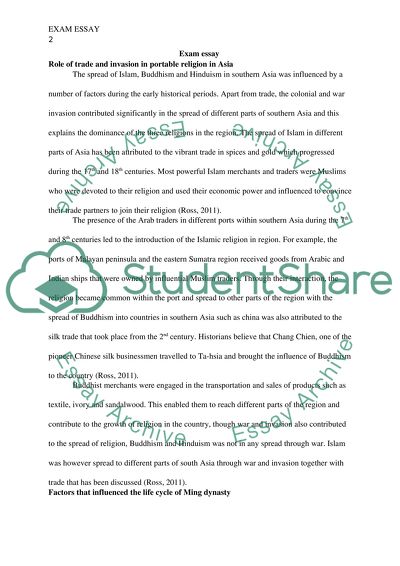Cite this document
(“Exam Essay Example | Topics and Well Written Essays - 1250 words”, n.d.)
Retrieved from https://studentshare.org/history/1651012-exam-essay
Retrieved from https://studentshare.org/history/1651012-exam-essay
(Exam Essay Example | Topics and Well Written Essays - 1250 Words)
https://studentshare.org/history/1651012-exam-essay.
https://studentshare.org/history/1651012-exam-essay.
“Exam Essay Example | Topics and Well Written Essays - 1250 Words”, n.d. https://studentshare.org/history/1651012-exam-essay.


